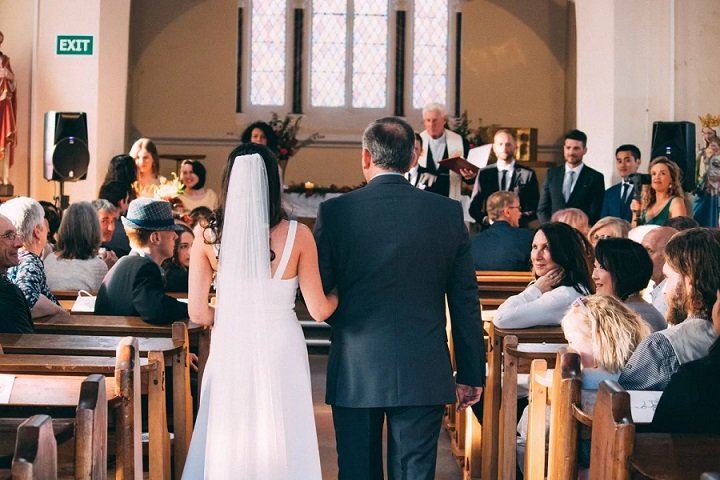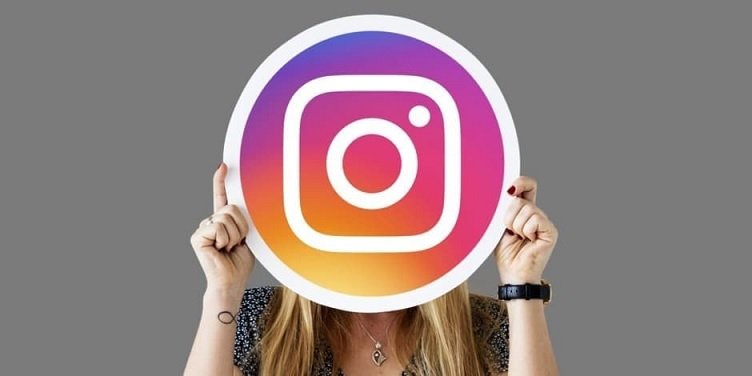Understanding the Cost: Budgeting for Your Custom T-Shirt and Hoodie Projects

When venturing into the realm of custom apparel, such as t-shirts and hoodies, one critical aspect that often gets overlooked is the budget. Custom projects, especially those involving clothing, are exciting but can quickly become expensive if not properly managed. In this comprehensive guide, we’ll delve into the various costs associated with custom t-shirt and hoodie printing and provide practical tips to help you budget effectively, ensuring your project doesn’t just meet your creative vision but also your financial constraints.
Understanding Basic Costs Involved in Custom Printing
Materials: The choice of fabric plays a significant role in determining the cost of your custom apparel. Common materials like cotton and polyester vary in price, with organic or specialty fabrics being more expensive. The quality of the material not only affects the cost but also the comfort and durability of the final product.
Printing Techniques: There are several printing methods to choose from, each with its own cost implications. Screen printing, for instance, offers vibrant colors and durability but may be cost-effective only at higher volumes due to setup fees. Direct-to-garment (DTG) printing, though excellent for detailed and color-rich designs, can be more expensive for small orders. Heat transfer, while versatile, varies in cost depending on the quality of the material used for transfers.
Color Choices: More colors mean more layers of ink or more screens in screen printing, which can add to the cost. A design with fewer colors can reduce expenses, especially when ordering in larger quantities.
Quantity and Scale Effects on Pricing
Economies of Scale: Ordering custom t-shirts and hoodies in bulk can significantly reduce the cost per item. Most printing companies offer scaled pricing, which means the more you order, the less you pay for each piece. This is due to the fixed setup costs that are distributed across a larger number of garments.
Minimum Order Requirements: Be aware of minimum order requirements when selecting a printer. Some companies might offer lower prices but require a high minimum order, which might not be ideal for smaller, personalized projects.
Design Complexity and Its Impact on Cost
Artwork Preparation: If you’re not designing the artwork yourself, you might need to hire a graphic designer, which can add to the initial costs. However, investing in good design is crucial as it affects the final product’s appeal and how well it sells or promotes your brand.
Complexity of Designs: Detailed and complex designs often require more time and resources to print, which can increase the cost. Simplifying your design without compromising on its essence can be a cost-effective strategy.
Choosing the Right Vendor: Cost vs. Quality
Local vs. Online Printers: Local printers allow you to directly interact with the printer, potentially negotiate costs, and view samples firsthand. Online printers, like AAPrintSupplyCo, offer convenience and competitive pricing and often have a wide range of products and advanced technology that can handle any print job efficiently.
Reviewing Vendor Portfolios: Examining the past work of printers can give you insight into their quality and whether they can handle your project’s requirements. Opt for a vendor whose portfolio reflects a strong track record of quality and customer satisfaction.
Additional Costs to Consider
Shipping and Handling: Don’t overlook the cost of shipping, especially if you’re ordering from an online supplier. Include these expenses in your budget to get a realistic view of the total cost.
Rush Orders: Need your custom apparel quickly? Be prepared to pay extra for rush services. Planning your order well in advance can save you from these last-minute premiums.
Taxes and Fees: Depending on your location, taxes and additional fees might apply. Make sure to ask about these hidden costs when requesting quotes from printers.
Budgeting Tips for Your Custom Apparel Project
Setting a Realistic Budget: Start by outlining all potential costs, from materials to shipping. This comprehensive approach will help you set a realistic budget that covers all bases.
Cost-saving Strategies: Opt for simpler designs on more affordable materials, order in bulk, and choose a printer that offers good value for money without compromising on quality. Utilize promotions and discounts often offered by suppliers during off-peak seasons.
Tools and Resources: Utilize online calculators and budgeting tools to keep your finances in check. These resources can provide a detailed insight into how changes in your order (quantity, design, material) affect the overall cost.
Conclusion
Effective budgeting for custom t-shirt and hoodie projects requires an understanding of all elements that contribute to the cost. By considering the type of materials, the complexity of the designs, and the quantity of your order, you can make informed decisions that balance cost with quality. Remember, a well-planned budget is your best defense against overspending, ensuring that your project turns out exactly as envisioned without unnecessary financial strain.
Feel free to share your experiences or additional tips on budgeting for custom apparel in the comments below. Let’s help each other create stunning custom clothing without breaking the bank!












